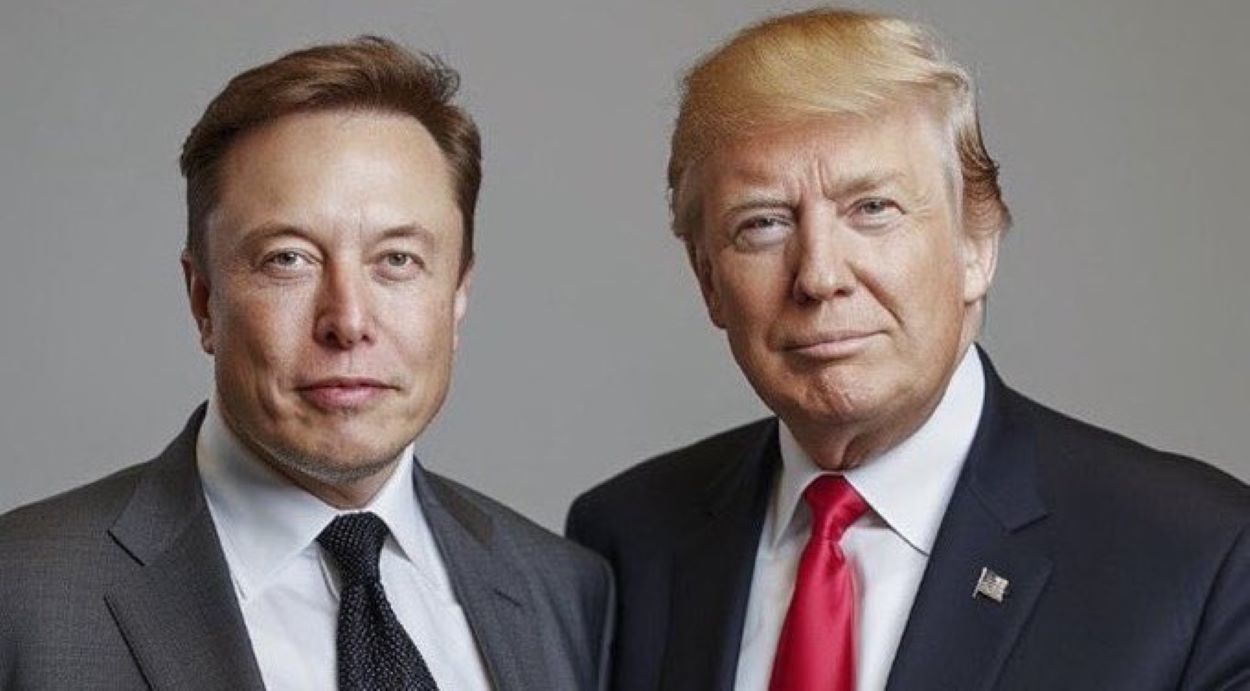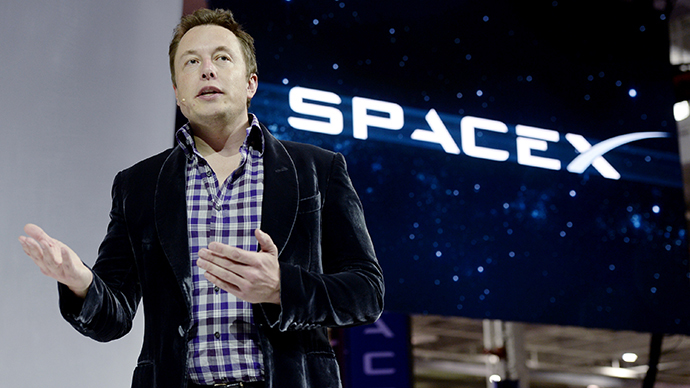Elon Musk publicly criticized U.S. President Donald Trump’s proposed $3 million spending bill, calling it a “disgusting abomination” on X. This statement escalated tensions following his departure from the White House’s Department of Government Efficiency (DOGE). The rift between Musk and Trump regarding the spending bill marks a significant departure from their previously close alliance.
Musk, who donated nearly $300 million to Trump’s campaign, resigned last week after leading DOGE’s aggressive cost-cutting, including job cuts and agency closures, per The Washington Post. According to Bloomberg, his X post condemned the bill for adding to “crushingly unsustainable debt,” contrasting his earlier restrained critiques. The bill, set to increase deficits over a decade despite health and food aid cuts, drew Musk’s ire for undermining his efforts, per CNN.
I’m sorry, but I just can’t stand it anymore.
This massive, outrageous, pork-filled Congressional spending bill is a disgusting abomination.
Shame on those who voted for it: you know you did wrong. You know it.
— Elon Musk (@elonmusk) June 3, 2025White House Press Secretary Karoline Leavitt defended the “big, beautiful bill,” confirming that Trump’s stance remains unchanged. Once “inseparable,” Musk and Trump’s relationship soured over policy differences, even though Trump later praised Musk’s “incredible service” after their separation.
The Trump federal spending bill is currently under Congressional review, highlighting significant ideological divides. Elon Musk’s legacy of cost-cutting through DOGE stands in stark contrast to Trump’s deficit-heavy approach. As the world’s richest person, Musk amplifies the debate surrounding these issues. Concerns about the US deficit in 2025 are intensified by the bill’s additional $3 million allocation, revealing deeper tensions in fiscal policy.
The Elon Musk—Trump spending bill fallout reveals a fractured alliance, impacting U.S. fiscal policy debates. Musk’s outspoken critique on X shapes public discourse, highlighting the challenges of balancing cost-cutting with spending and drawing global attention to America’s US deficit 2025 trajectory.






